Touring the East Tennessee Backroads
Also by Carolyn Sakowski
Touring the Western North Carolina Backroads
Travel North Carolina: Going Native in the Old North State
(with Angela Harwood, John Tarleton, Sunny Smith Nelson, Anne Holcomb Waters, and Sue Clark)
Other Titles in John F. Blairs Touring the Backroads Series
Touring the Backroads of North and South Georgia by Victoria and Frank Logue
Touring the Backroads of North Carolinas Lower Coast by Daniel W. Barefoot
Touring the Backroads of North Carolinas Upper Coast by Daniel W. Barefoot
Touring North Carolinas Revolutionary War Sites by Daniel W. Barefoot
Touring South Carolinas Revolutionary War Sites by Daniel W. Barefoot
Touring the Carolinas Civil War Sites by Clint Johnson
Touring Virginias and West Virginias Civil War Sites by Clint Johnson
Touring the Middle Tennessee Backroads by Robert Brandt
Touring the Shenandoah Valley Backroads by Andrea Sutcliffe

 Published by John F. Blair, Publisher
Published by John F. Blair, Publisher
Copyright 1993 by Carolyn Sakowski
All rights reserved under International and
Pan American Copyright Conventions
Second Edition, 2007
The paper in this book meets the guidelines for permanence and durability of the Committee on Production Guidelines for Book Longevity of the Council on Library Resources.
Cover photos -
Clockwise from top left: Wilbur Dam / Bald River Falls / Tate Springs / Butler Mansion in Mountain City / Hiwassee River / Episcopal Church in Rugby
Library of Congress Cataloging-in-Publication Data
Sakowski, Carolyn, 1948
Touring the East Tennessee backroads / by Carolyn Sakowski. 2nd ed.
p. cm.
Includes bibliographical references and index.
ISBN-13: 978-0-89587-350-7 (alk. paper)
ISBN-10: 0-89587-350-8 (alk. paper)
1. Tennessee, EastTours. 2. Automobile travelTennessee, EastGuidebooks. 3. Scenic bywaysTennessee, EastGuidebooks. 4. Tennessee, EastHistory, Local. 5. Tennessee, EastSocial life and customs. I. Title.
F442.1.S25 2007
917.68dc22
2007028555
To
my long-suffering husband, Alton Franklin,
and my coworkers at John F. Blair, Publisher
Kim Byerly, Margaret Couch, Debbie Hampton,
Angela Harwood, Steve Kirk, Heath Simpson,
and Ed Southern

Contents
Preface
Since the first edition of this book came out in 1993, a lot has changed in East Tennessee, but even more amazing is how much has stayed the same. Though new road construction has taken place, many of the backroads remain pretty much like they were fourteen years ago. One noticeable difference has been the addition of green road signs that the state has put up to identify every country road. This improvement has eliminated the need to offer elaborate details to make sure drivers found the exact road when it wasnt identified in any way.
It was also gratifying to see that some historical locations have been lovingly preserved in the last few years. Examples of such preservation are the Gillespie House near Davy Crockett Birthplace State Park and the beautiful Crockett Spring Park in Rogersville, which incorporates Rogers Cemetery, where Davy Crocketts grandparents are buried.
On the other hand, I was sad to learn that the Mansion House near Tellico Plains had burnt down since the first edition was published. This house was considered one of the finest in Tennessee in the early 1800s. Its oldest room was originally a blockhouse built by John Sevier. To show readers what they are missing, Ive included a photograph taken for the first edition.
The history of this region remains as vivid today as when William Bean first settled here in 1769. Because of the geographical limitations imposed by the mountains, early settlement in East Tennessee was much different from that in western North Carolina. White settlers followed the river valleys, large numbers arriving in East Tennessee long before they did in western North Carolina. As a result, the ongoing conflict with the Cherokees was much more intense, and more historic areas predated the Revolutionary War.
But perhaps the most interesting thing I discovered during my original research was how my concept of the western frontier had been warped by Hollywood. Even though I knew Davy (or more correctly, David) Crockett spent most of his life in Tennesseeafter all, he was born on a mountaintop in Tennesseemy subconscious still wanted to place him somewhere out there, not just one state west from where I grew up. As I read more Tennessee history, here came Daniel Boone, Andrew Jackson, John Sevier, and Sam Houstonnot to mention lots of conflicts with Native Americans. East Tennessee was indeed the wild frontier.
But dont think the story of East Tennessee is all frontier history. This region was also instrumental in the success of the Manhattan Project and its work on the atomic bomb.
Where exactly is East Tennessee? One of the first things I had to decide during my research was how far west to take my tours. The decision proved fairly easy because Tennessee has some unique geography. Id always heard the region referred to as East Tennesseelocal people rarely say eastern Tennesseebut I had some difficulty getting anyone to be specific about where it ends. Everyone was in agreement that the regions boundaries are defined by the Cumberland Plateaua unique ridge that rises straight up from the Tennessee River Valleybut they werent as consistent about whether or not locations on the plateau itself are located in East Tennessee. As a result, I let the tours themselves dictate what would be included. Jamestown may not be East Tennessee to some people, but I couldnt resist including Alvin Yorks gristmill. It was even necessary on a few occasions to venture into neighboring states, but I tried to keep that to a minimum.
And of course, some people are going to be miffed because I havent included Monteagle, Tracy City, or Fiery Gizzard. Those places deserve to be in here, but such decisions are always difficult. Im sure Ive left out many sites that might have been included, but it was never my intention to write an all-inclusive guidebook. I tried to find logical patterns for routes that would encompass somenot allof the regions local color, history, and scenic beauty.
I tried to avoid congested commercial areas, but that was not always possible. Tennessee has a good system of four-lane highways that effectively eliminates many backroads. Ironically, I often found that the new four-lanes, with their zoning codes controlling rights of way and billboard use, were actually more scenic than the old routes, which were cluttered with homes and stores built right on the shoulder of the road.
I also skirted heavily traveled areas like Gatlinburg, Pigeon Forge, and even Great Smoky Mountains National Park. I wanted this book to help people find places they may not have heard about through normal tourist channels.
In addition, I avoided some of the downtown areas of the major cities of the region. I did not go into Knoxville, although it is home to some wonderful historic places. I avoided downtown Chattanooga but just couldnt resist Lookout Mountain, even though it defied all of my own criteria. I skirted much of Kingsport and Johnson City but felt that the history of the Boatyard District and Boones Creek was too integral to the areas past to ignore. And when it came to Bristol, I just couldnt leave out the story of the state-line sign; when I found the nearby mural commemorating the Victor Recording Company sessions with Jimmie Rodgers and the Carter Family, my decision was easy.
Next page
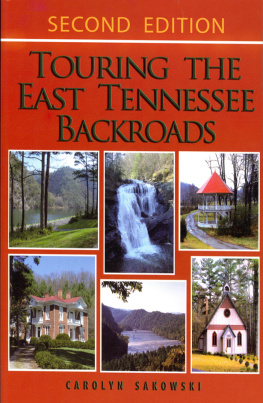
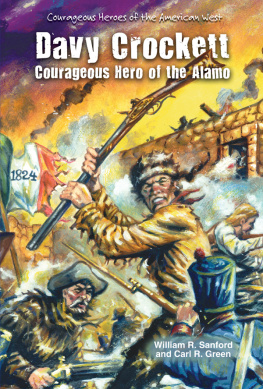
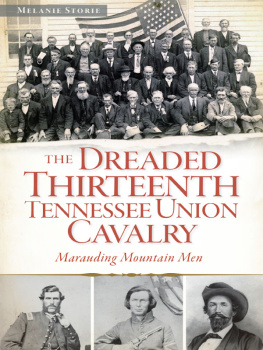
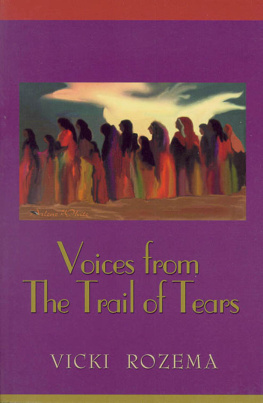
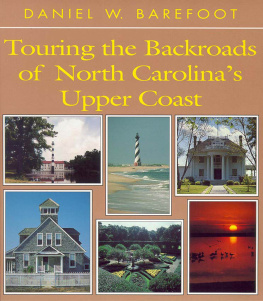



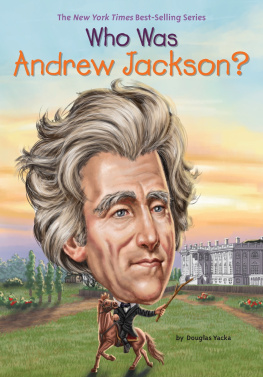
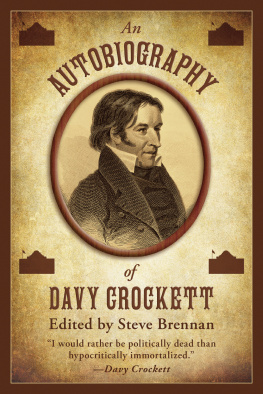

 Published by John F. Blair, Publisher
Published by John F. Blair, Publisher